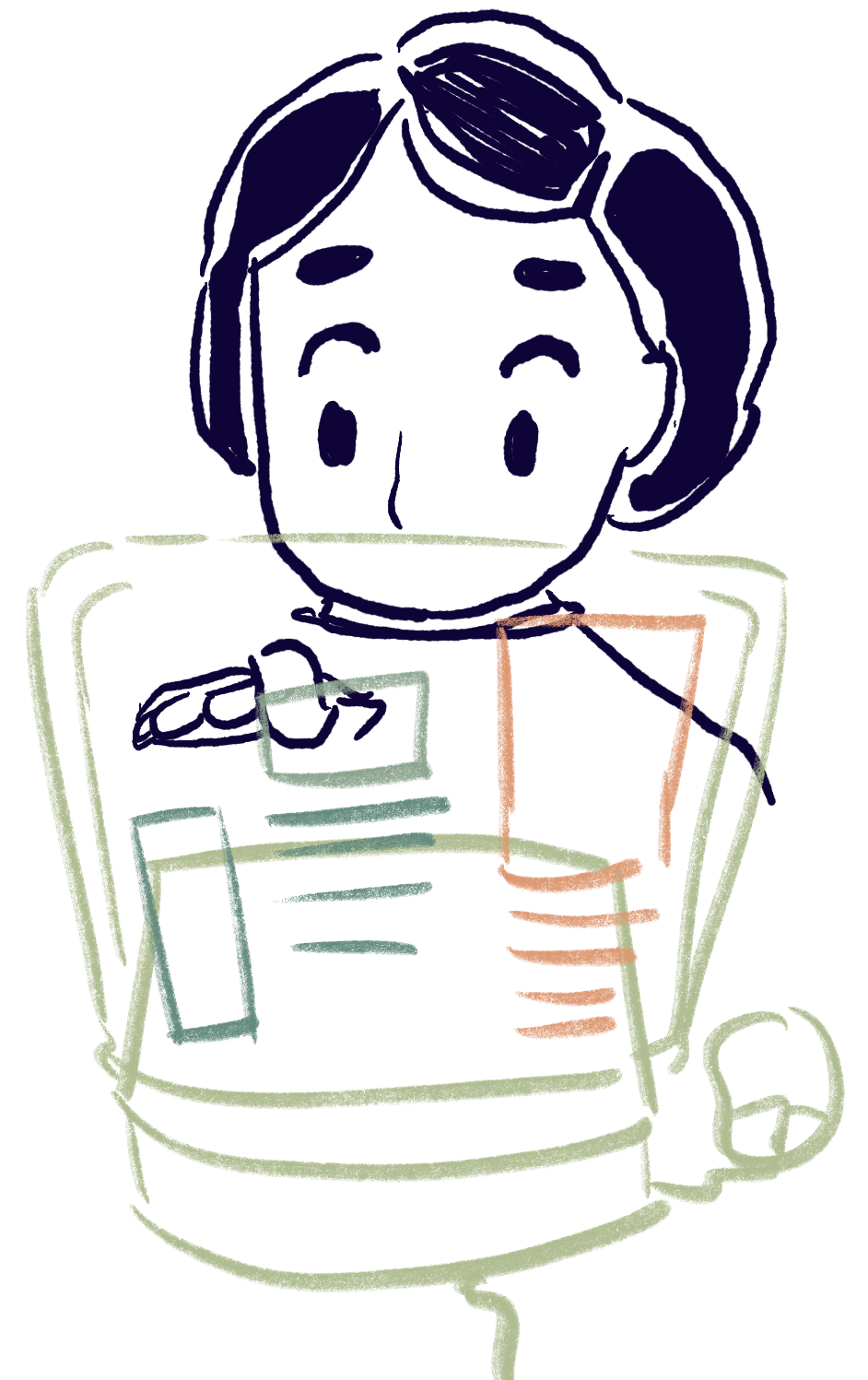The User Interface
 This section concerns the Presentation Tier of a web app.
This section concerns the Presentation Tier of a web app.
In this section , you’ll learn the basics of HTML for laying out the structure of a web app interface. You’ll also learn the basics of CSS for creating a consistent, user-friendly look and feel for that interface. A solid understanding of both HTML and CSS is important for full stack web developers. In fact, all web developers on both the client- and server-side write programs that interact with HTML and CSS code and with the Document Object Model that the browser creates when it reads and interprets HTML and CSS code.
This is a programming course, not a graphic design course, so we will not dwell on the details of styling web pages. But we will discuss some basic principles of user interface design and highlight some of the ways in which HTML and CSS can be used to support those principles. We will also look at some principles for designing interfaces for mobile devices and how to create responsive designs that can work for both mobile and desktop users.
 Do It Yourself
Do It Yourself
Look for DIY (Do It Yourself) boxes like this throughout this text. They are here to give you something to do, to keep you engaged and thinking, and to break up the monotony of reading. But they’re not optional! You should read them and try the activities before moving on. Think of it as an opportunity to experiment, try new things, and test out what you have already learned.


Feedback/Errata